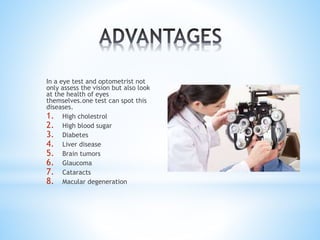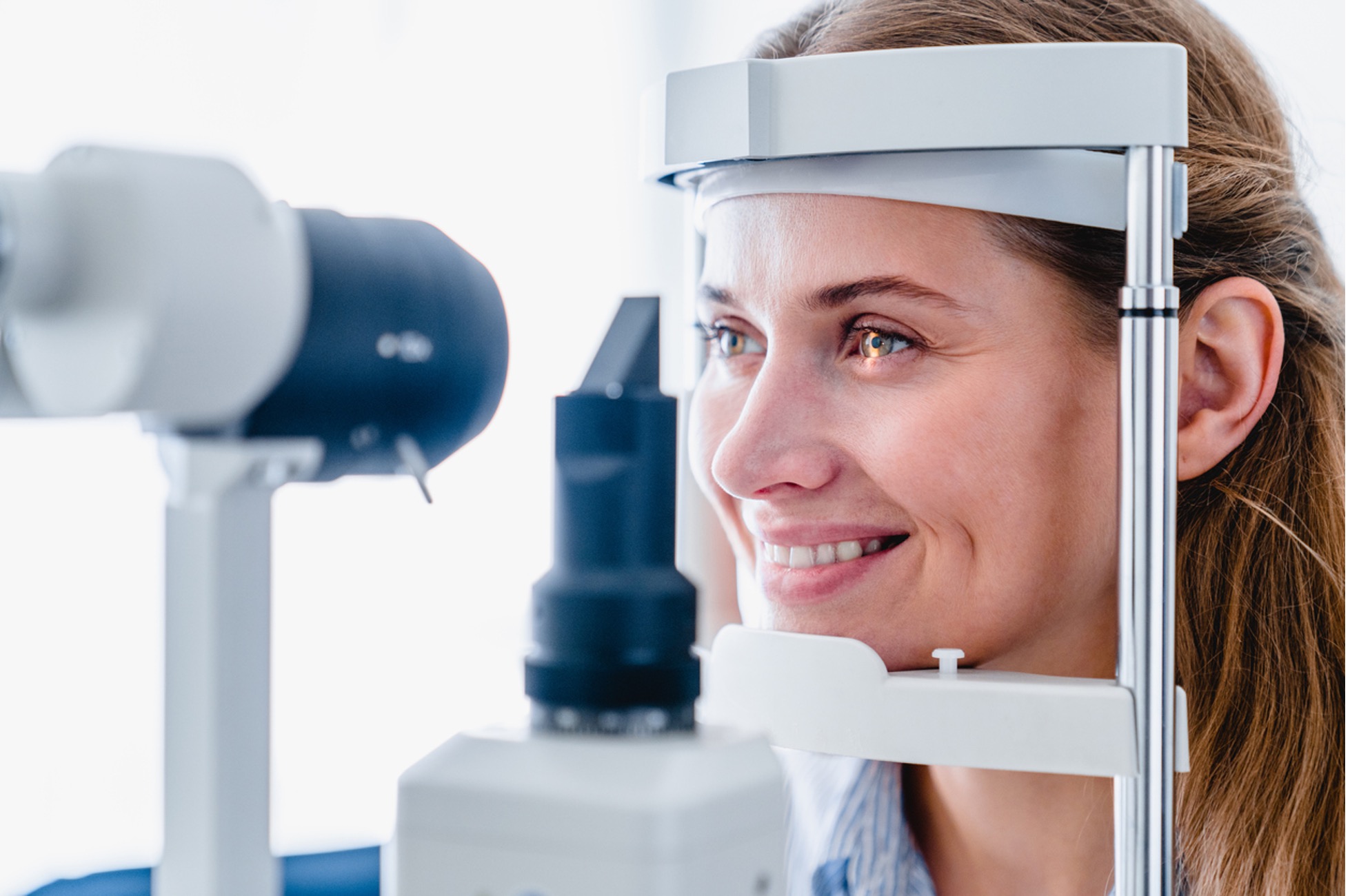Specialist Glaucoma Service Near Me: Advanced Therapy Options
Wiki Article
The Role of Advanced Diagnostic Equipment in Identifying Eye Disorders
In the world of ophthalmology, the use of innovative diagnostic tools has transformed the early identification and administration of numerous eye problems. From spotting subtle changes in the optic nerve to keeping an eye on the development of retinal conditions, these modern technologies play a pivotal duty in boosting the precision and effectiveness of identifying ocular problems. As the need for accurate and timely medical diagnoses remains to grow, the assimilation of sophisticated devices like optical coherence tomography and aesthetic field screening has become essential in the world of eye care. The complex interplay in between innovation and ocular practices not just sheds light on detailed pathologies however additionally opens doors to tailored therapy techniques.Significance of Early Diagnosis
Very early diagnosis plays a crucial duty in the reliable management and treatment of eye problems. By finding eye disorders at an early phase, healthcare carriers can supply appropriate treatment plans customized to the details problem, ultimately leading to better outcomes for individuals.
Innovation for Finding Glaucoma
Innovative diagnostic modern technologies play a critical role in the very early discovery and monitoring of glaucoma, a leading cause of irreparable loss of sight worldwide. Another sophisticated device is visual field testing, which maps the level of sensitivity of a patient's visual area, aiding to detect any areas of vision loss attribute of glaucoma. These innovative analysis devices allow eye doctors to identify glaucoma in its early stages, allowing for timely intervention and better administration of the disease to prevent vision loss.Role of Optical Coherence Tomography

OCT's capacity to evaluate retinal nerve fiber layer thickness permits exact and unbiased measurements, helping in the early detection of glaucoma also before visual area flaws become apparent. Furthermore, OCT modern technology permits longitudinal monitoring of architectural changes gradually, facilitating individualized treatment strategies and prompt interventions to help protect clients' vision. The non-invasive nature of OCT imaging additionally makes it a preferred selection for checking glaucoma development, as it can be repeated routinely without causing discomfort to the person. In general, OCT plays an important function in enhancing the analysis accuracy and administration of glaucoma, eventually adding to better results for people in danger of vision loss.
Enhancing Medical Diagnosis With Visual Field Testing
A crucial element in extensive sensory examinations, aesthetic field testing plays an essential duty in improving the diagnostic process for different eye conditions. By analyzing the complete level of an individual's visual area, this examination offers important info about the functional integrity of the entire aesthetic path, from the retina to the visual cortex.Visual area screening is especially beneficial in the medical diagnosis and monitoring of conditions such as glaucoma, optic nerve problems, and different neurological conditions that can impact vision. Through quantitative measurements of peripheral and main vision, clinicians can spot refined adjustments that may show the existence or progression of these conditions, even before visible symptoms happen.
Moreover, aesthetic area screening enables the monitoring of treatment efficiency, assisting eye doctors customize healing treatments to specific patients. eyecare near me. By tracking changes in aesthetic field performance in time, healthcare suppliers can make enlightened choices regarding adjusting medications, advising medical interventions, or executing other appropriate steps to protect or boost a client's aesthetic function
Managing Macular Deterioration

Conclusion
In final thought, progressed analysis tools play a vital role in determining eye disorders early on. Technologies such as Optical Coherence Tomography and visual field testing have considerably enhanced the precision and performance of detecting conditions like glaucoma and macular deterioration.Report this wiki page